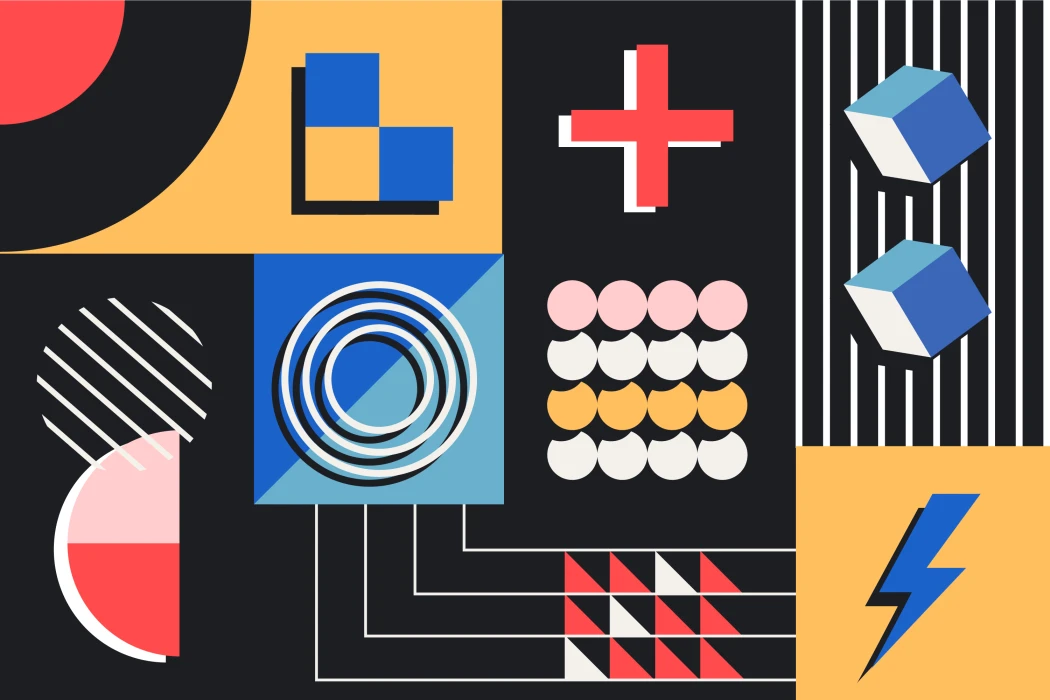Introduction: Why Stories Matter in UX Design
In the digital world, UX design shapes how people interact with technology. At the heart of UX lies an underestimated tool: storytelling. Stories aren’t just for novels or movies, they’re powerful frameworks for understanding human behavior, building empathy, and designing meaningful experiences.
This article explores how incorporating storytelling into UX design can create products that not only function well but also leave a lasting emotional impact.
The Connection Between Stories and Human Behavior
From the beginning of time, humans have used stories to make sense of the world. Stories engage us on a cognitive and emotional level, helping us connect with others and contextualize our experiences. This natural inclination to understand and remember through narratives makes storytelling an invaluable tool in design.
In UX, stories allow designers to step into the user’s shoes, exploring their needs, pain points, and desires. These narratives become the foundation for designing products that resonate deeply with users.
Example: Consider a fitness app. Without storytelling, a designer might focus solely on tracking features. However, by imagining the story of a busy professional striving to balance work, family, and health, the designer can craft an app that not only tracks but motivates and supports, transforming it into a meaningful experience.
Building Empathy Through Storytelling
Empathy is the cornerstone of great design. But how do you cultivate empathy for users you may never meet? Storytelling bridges this gap by giving life to user personas and scenarios.
Persona Creation: Beyond the Numbers
Instead of treating personas as static demographic profiles, transform them into dynamic characters with stories. Give them names, backstories, goals, and struggles. These narratives help the entire team to understand the user as a person rather than just data points.
Example: A generic persona like "28-year-old tech-savvy professional" becomes "Lila, a young marketing manager handling deadlines, creative burnout, and her love for digital illustration." Lila’s story inspires features that cater to her real-life challenges.
Scenarios That Resonate
Scenarios built around user stories guide the design process, ensuring that every feature serves a purpose. Instead of asking what this app should do, the team asks how this app can help Lila overcome her challenges.
The Anatomy of a UX Story
Not all stories are created equal. Effective UX storytelling follows a structure that aligns with design principles:
Character: The user, defined through personas.
Setting: The context in which the user interacts with the product.
Conflict: The problem or pain point the user faces.
Resolution: The solution the product provides.
Example:
Character: Miguel, a college student.
Setting: Late-night study sessions.
Conflict: Struggling to focus due to distracting notifications.
Resolution: A study app that silences distractions and schedules breaks.
Looking at design decisions from this perspective helps teams focus on solving real problems instead of imagined ones.
Crafting User Journeys as Stories
User journeys are inherently narrative. They follow the arc of a user’s experience with a product, from discovery to adoption, engagement, and advocacy. Treating these journeys as stories allows designers to predict and address emotional highs and lows.
The Hero’s Journey in UX
The classic hero’s journey can serve as a template for mapping user experiences:
Call to Adventure: The user discovers the product.
Crossing the Threshold: The user begins interacting with it.
Trials and Challenges: Pain points or friction arise.
Resolution: The product delivers its promised value.
Return with the Elixir: The user becomes an advocate, sharing their positive experience.
Application:
Imagine a subscription-based meal kit service. The journey might involve excitement at discovery, slight hesitation during onboarding (price concerns), growing confidence as meals are successfully prepared, and satisfaction when the user shares their creations on social media. Designing with this journey in mind ensures a rewarding experience.
Storytelling Techniques for UX Designers
Storytelling in UX isn’t about embellishment; it’s about clarity, connection, and engagement. Here are key techniques to integrate into your design process:
Show, Don’t Tell
Use visuals, animations, and micro-interactions to narrate a story. For instance, onboarding tutorials can guide users through features with a clear beginning, middle, and end, rather than overwhelming them with static instructions.
Create Emotional Anchors
Tap into emotions like joy, relief, or curiosity to make your product memorable. A simple example is how ride-sharing apps reassure users with updates like “Your driver is arriving in 3 minutes.” These small interactions reduce anxiety and build trust.
Leverage Feedback Loops
Build storytelling into feedback mechanisms. For example, gamified progress bars in learning apps tell users the story of their growth, motivating them to continue.
Iterate Like a Storyteller
Just as authors refine drafts, designers should prototype, test, and iterate. User feedback acts as the editor, ensuring the final “story” resonates with its audience.
The Role of Collaborative Storytelling
Designing a cohesive user experience requires collaboration across teams; designers, developers, marketers, and stakeholders. Storytelling aligns everyone by providing a shared vision.
Collaborative Exercises:
Storyboarding: Visualize user interactions step-by-step to uncover gaps or unnecessary friction points.
Workshops: Host sessions where team members co-create user stories, ensuring diverse perspectives enrich the design.
Role-Playing: Have team members “act out” user scenarios to identify emotional and functional needs.
These collaborative efforts ensure the final product delivers a unified, user-centered story.
Storytelling and Accessibility
Inclusive design thrives through storytelling. Imagining the experiences of diverse users, those with disabilities, different cultural backgrounds, or varying levels of access to technology, helps designers create products that truly serve everyone.
Example: Consider a banking app. A story of a visually impaired user navigating the app reveals the need for robust voice-over features and clear screen-reader compatibility. Such insights wouldn’t emerge without empathetic storytelling.
Measuring the Success of Story-Driven Design
How do you know if storytelling is improving your UX? Metrics like engagement rates, user satisfaction, and retention are important, but qualitative feedback often tells the richest stories.
Surveys and Interviews: Ask users to describe their experience in their own words. Look for emotional language that indicates resonance.
User Testing: Observe where users hesitate or struggle, revealing moments where the “story” isn’t clear or compelling.
When users describe their experience as smooth, easy to use, or enjoyable, you know your story has succeeded.
Conclusion: Designing Stories That Matter
Storytelling is more than just a tool; it’s a mindset that focuses on empathy, clarity, and connection. When designers approach challenges as stories, they create experiences that are not only functional but also meaningful and memorable.
In a world full of products competing for attention, the ones that tell compelling stories stand out. Start using storytelling in your UX design today, and create experiences that truly resonate with users.
Tags
Subscribe to
Our
Newsletter
Join 1,000+ people and recieve our weekly insights.

Success!
Thank your for subscribing to Buzzvel's
Newsletter, you will now
receive
amazing
tips
and insights weekly.

-normal.webp)


